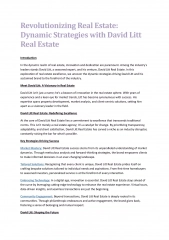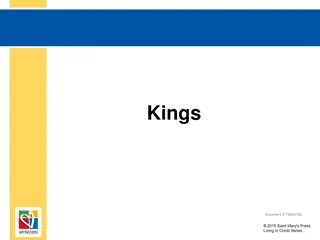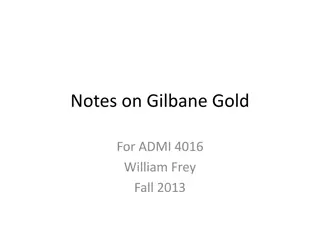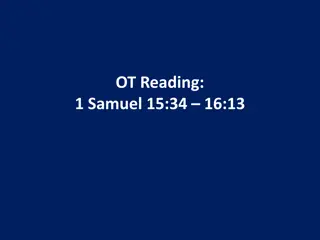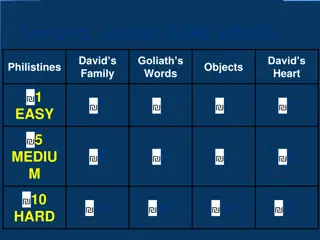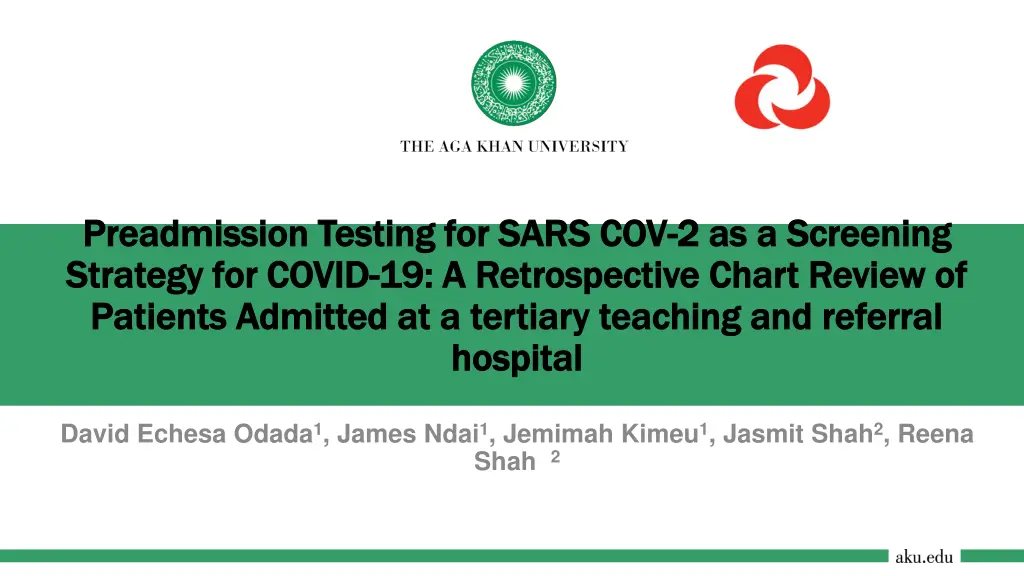
Retrospective Analysis of Preadmission Testing for COVID-19
Explore the impact of mandatory preadmission testing for COVID-19 with a retrospective chart review at a tertiary hospital, revealing a 10.9% prevalence rate, with incidental positive tests affecting patient care and showing associations with age and gender.
Download Presentation

Please find below an Image/Link to download the presentation.
The content on the website is provided AS IS for your information and personal use only. It may not be sold, licensed, or shared on other websites without obtaining consent from the author. If you encounter any issues during the download, it is possible that the publisher has removed the file from their server.
You are allowed to download the files provided on this website for personal or commercial use, subject to the condition that they are used lawfully. All files are the property of their respective owners.
The content on the website is provided AS IS for your information and personal use only. It may not be sold, licensed, or shared on other websites without obtaining consent from the author.
E N D
Presentation Transcript
Preadmission Testing for SARS COV Preadmission Testing for SARS COV- -2 as a Screening Strategy for COVID Strategy for COVID- -19: A Retrospective Chart Review of 19: A Retrospective Chart Review of Patients Admitted at a tertiary teaching and referral Patients Admitted at a tertiary teaching and referral hospital hospital 2 as a Screening David Echesa Odada1, James Ndai1, Jemimah Kimeu1, Jasmit Shah2, Reena Shah 2
Introduction COVID-19 pandemic since March 2020 Challenges in prevention and control of COVID-19 transmission Asymptomatic transmission of COVID-19 Evaluating mandatory preadmission testing of COVID-19
Methodology A descriptive retrospective chart review Assess the prevalence of incidental SARS COV-2 Describe symptom presentation of patients with positive preadmission COVID-19 results Explore effects on care incidental COVID-19 has on patients
Findings COVID-19 prevalence rate of 10.9%(961/8837) at admission Rate of Incidental positive tests was 14% (138/961) Patients with Incidental COVID-19 had a significant low mean age (40 years) compared with the overall COVID-19 mean age (52 years) Female gender and age range 31 years to 60 years have higher odds of incidental COVID-19 Incidental COVID-19 affected patients plan of care 21.7% (30/138)
Findings p value Mean Std Characteristics Gender Male Female Incidental COVID-19 Yes No 15.714 17.098 17.899 15.434 51.52 46.99 39.88 51.67 <0.001 <0.001 Age and Gender Admission Distribution Association of age by gender and incidental COVID-19
Findings P Value Symptomatic Positive PCR Incidental Positive PCR Characteristics Gender N (825) N (136) <0.001 Male Female Age (years) 584 (91%) 241 (75%) 59 (65.6%) 534 (86.0%) 232 (92.8%) 55 (9%) 81 (25%) <0.001 1 30 years 31- 60 years >60 years Female Association of COVID-19 with symptom status 31 (34.4%) 87 (14.0%) 18 (7.2%)
Findings Factors 0-30 years 31-60 years Female p-value O.R 95% CI. For O.R. Lower 3.54 1.23 2.45 Upper 12.94 3.56 5.19 <0.001 0.006 0.000 6.77 2.10 3.57 Binary logistic regression model for age categories and gender as the predictor for incidental COVID-19.
Conclusion Double figure prevalence rate of COVID-19 supports rationale for containment measures Pre-admission COVID-19 testing is an effective strategy of controlling COVID-19 transmission in hospitalized patients Patient care planning and preparation should consider possibilities of incidental COVID-19


